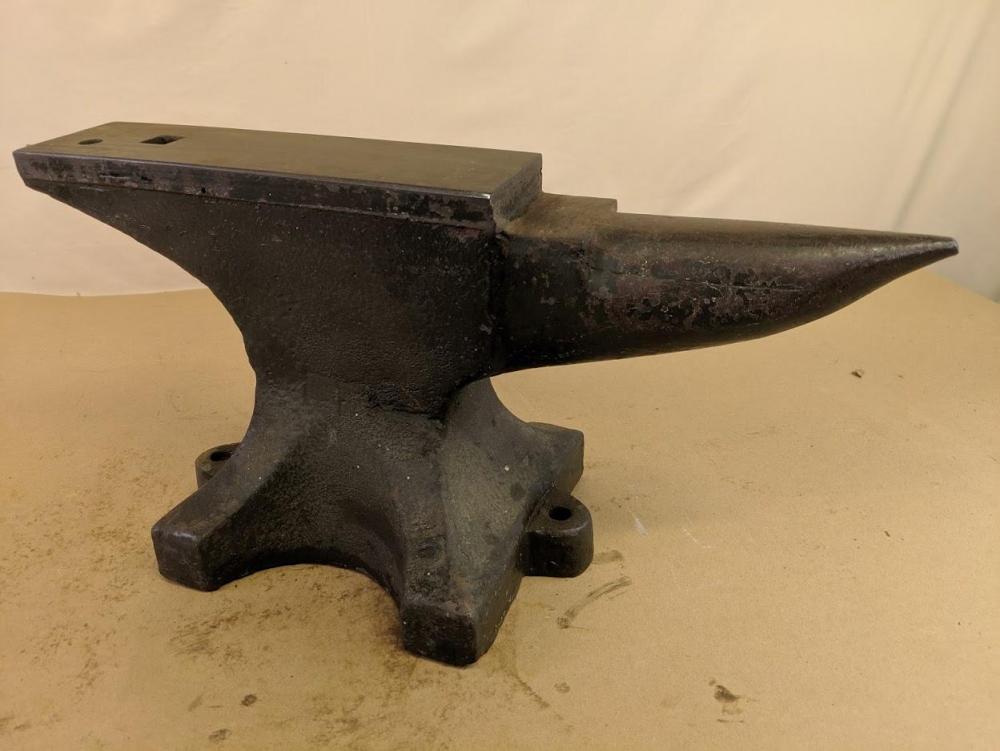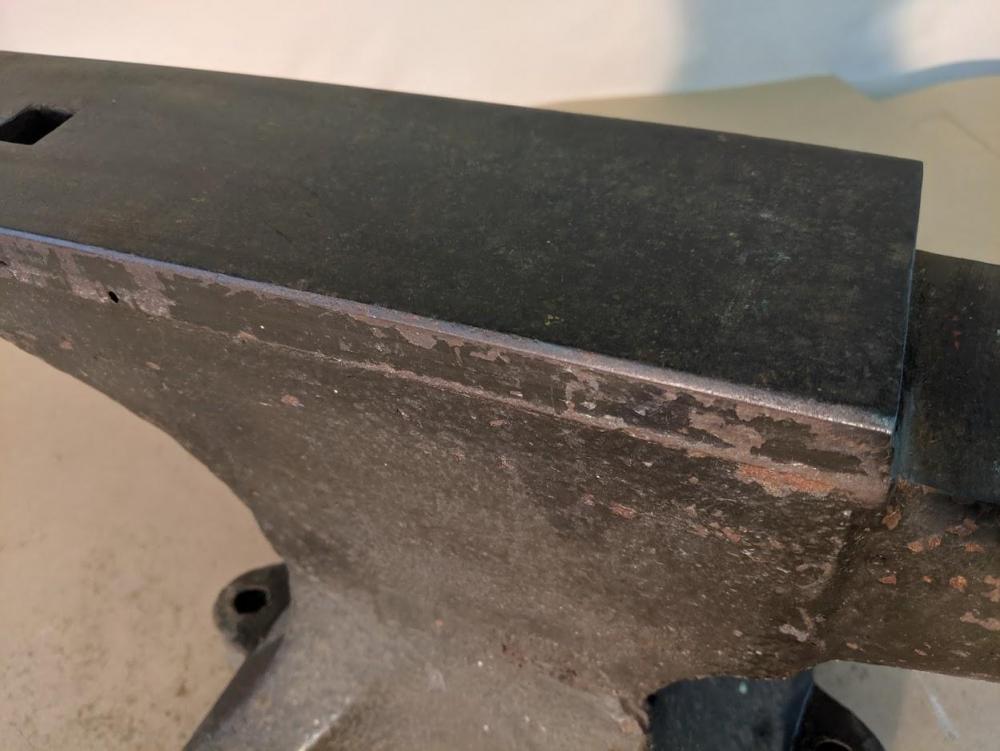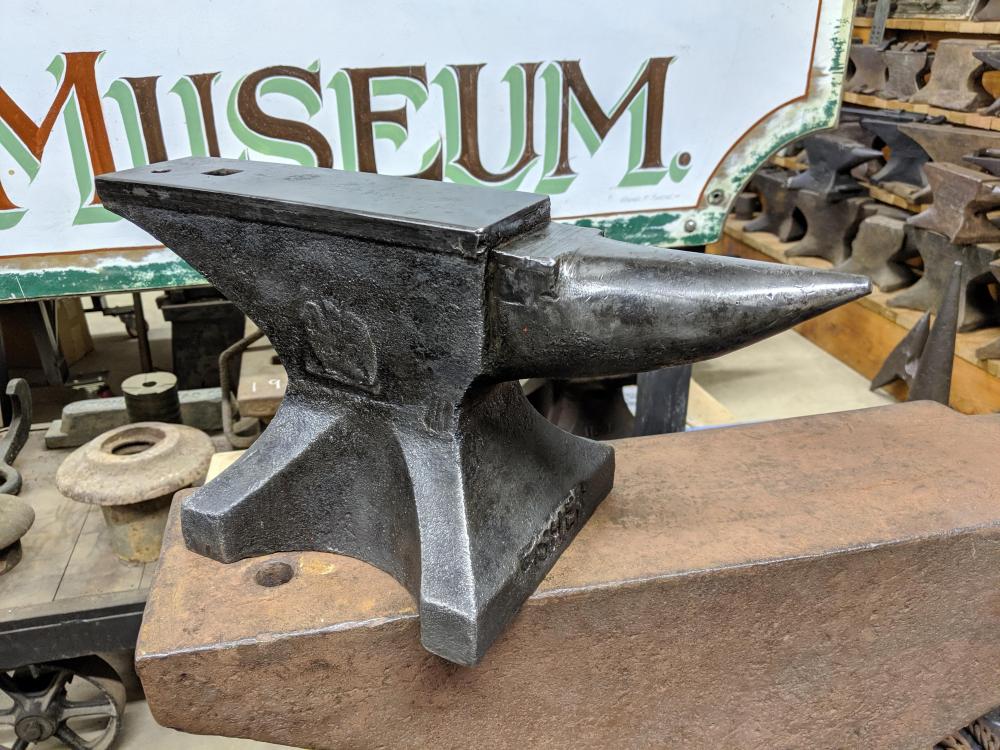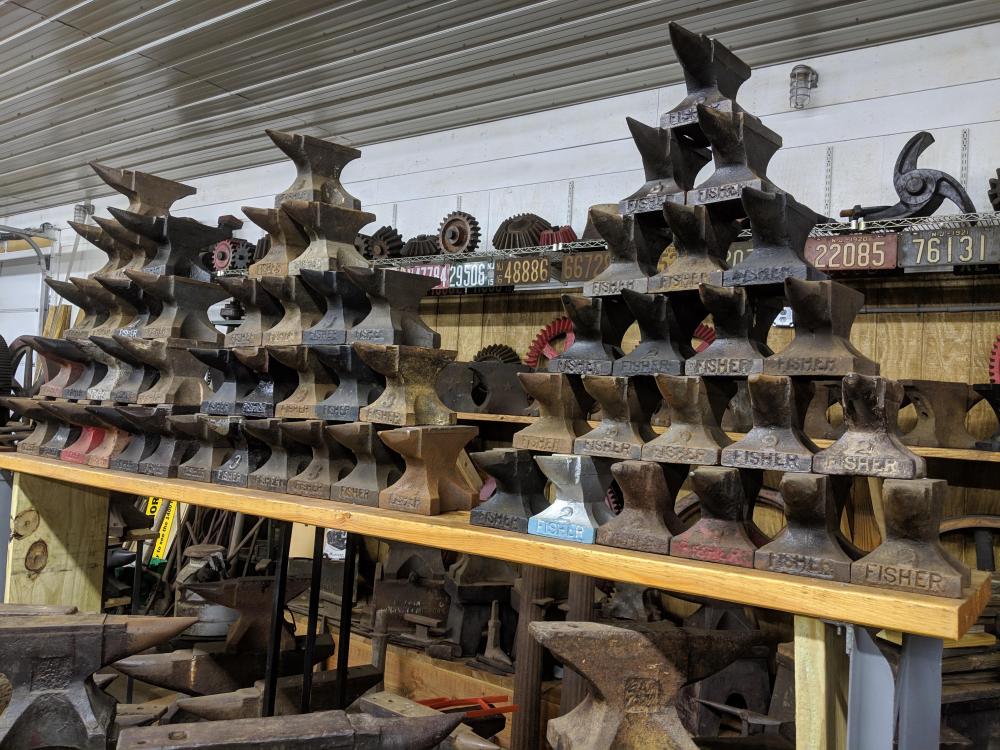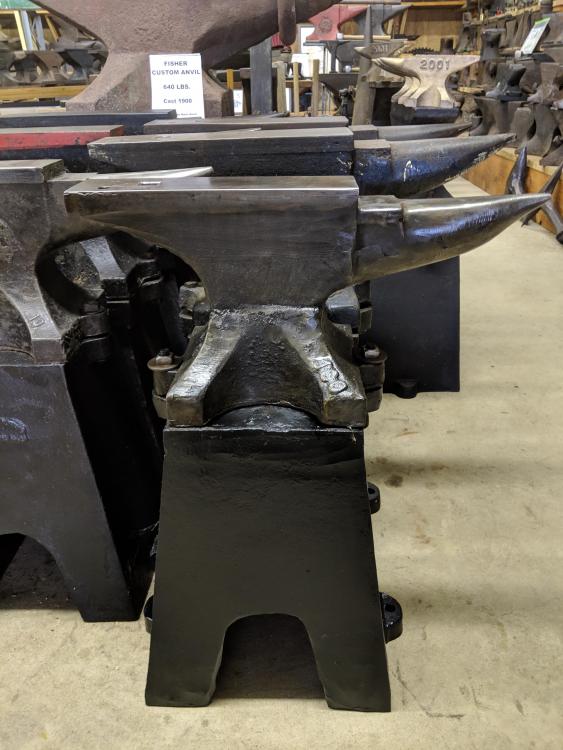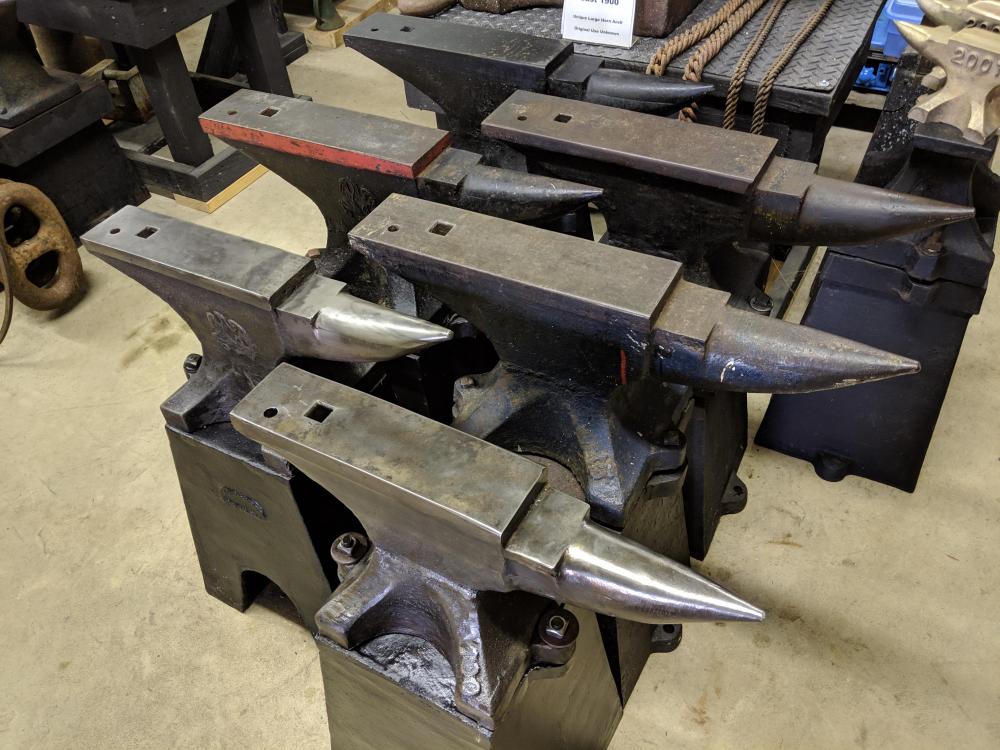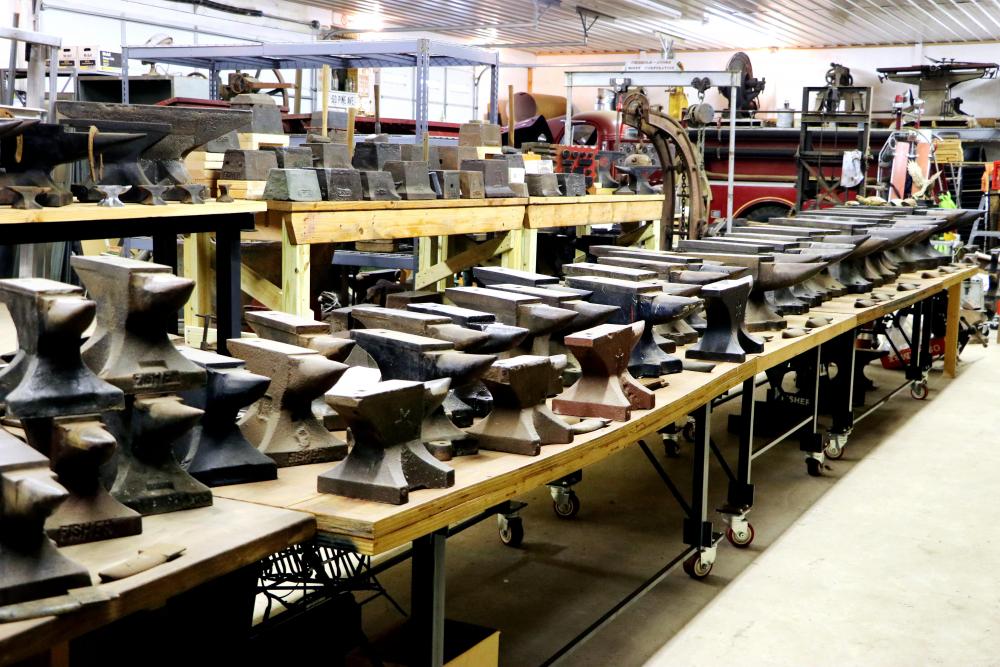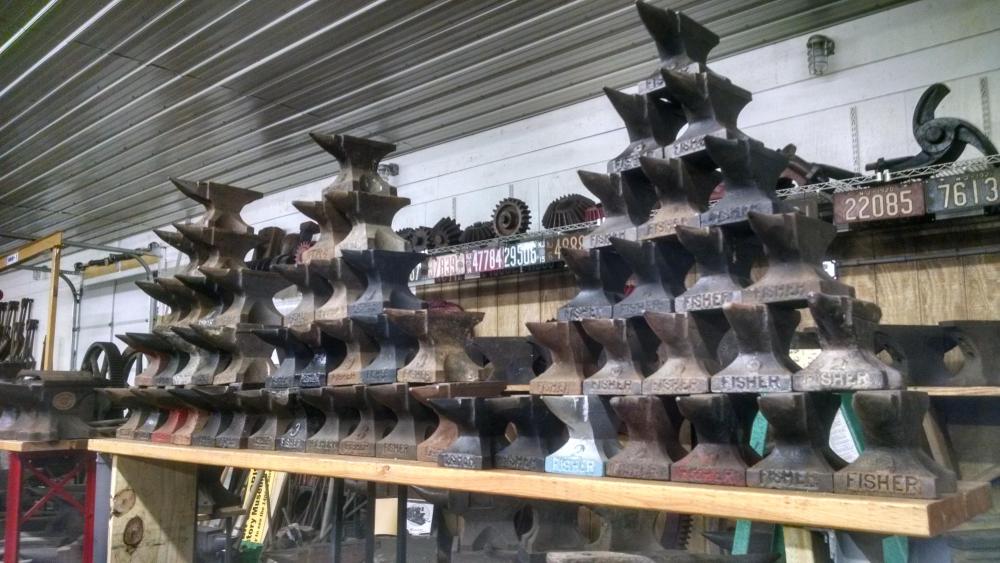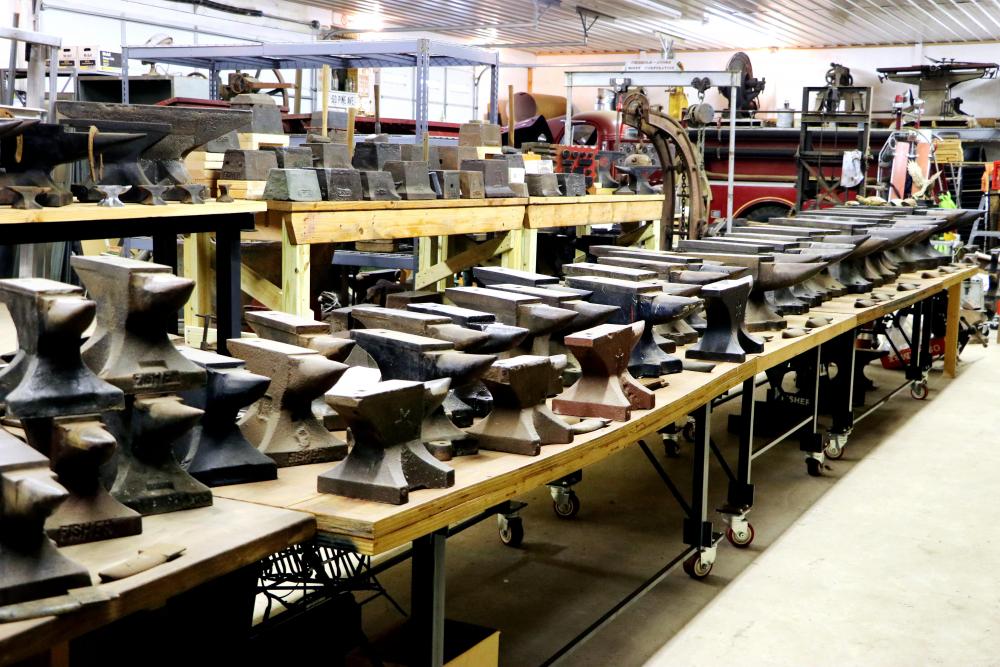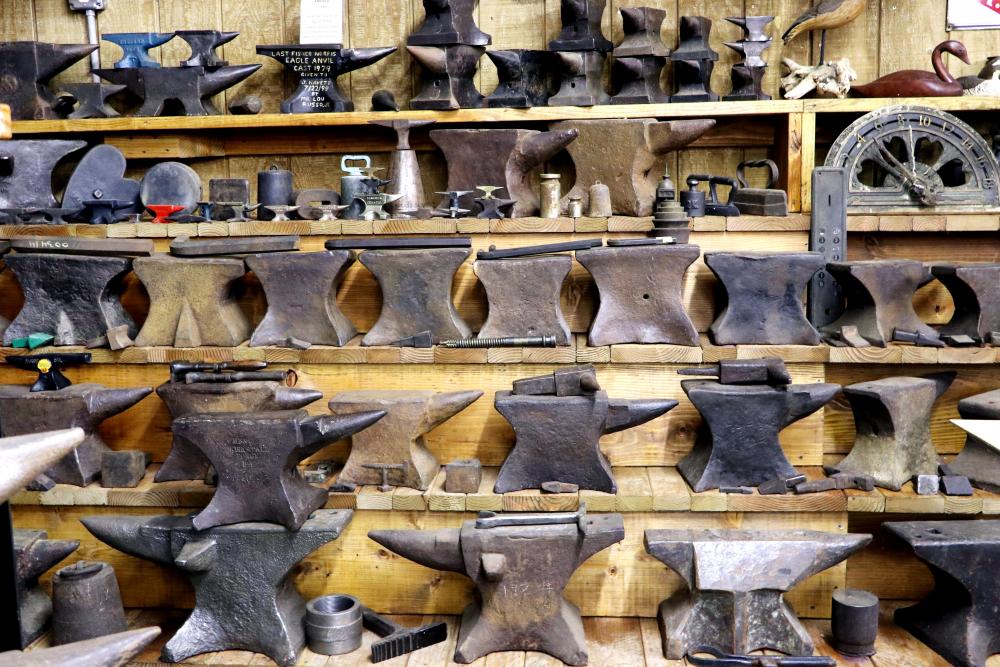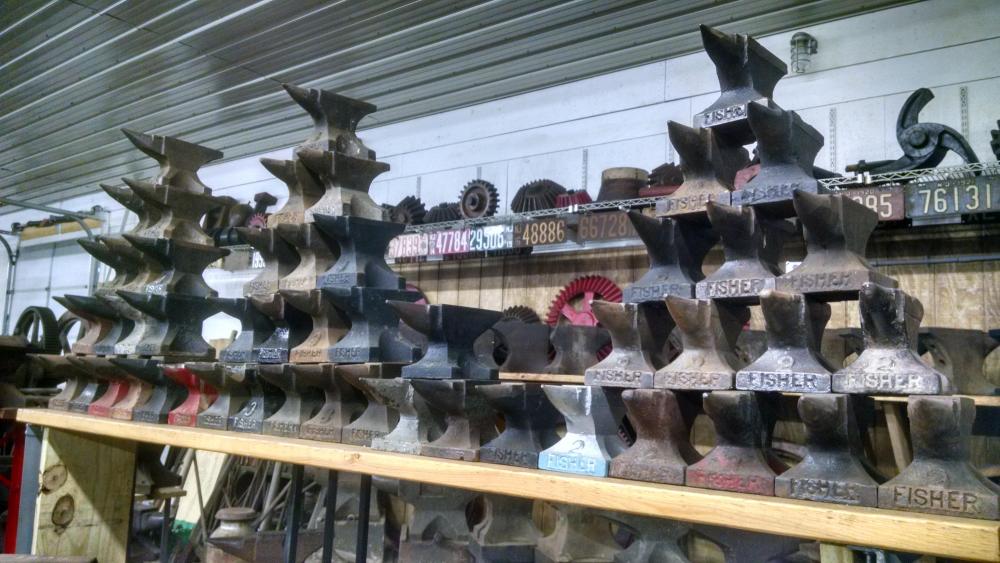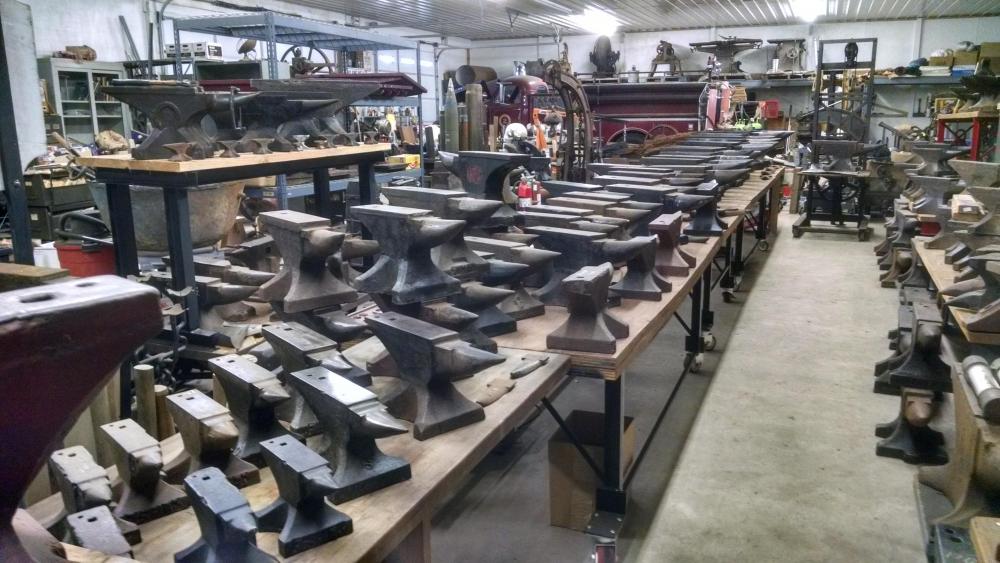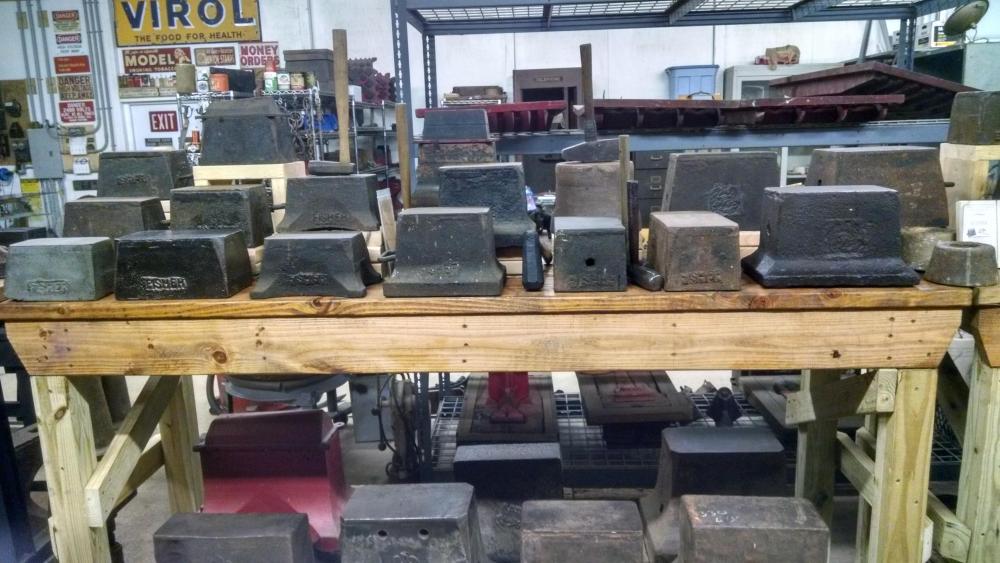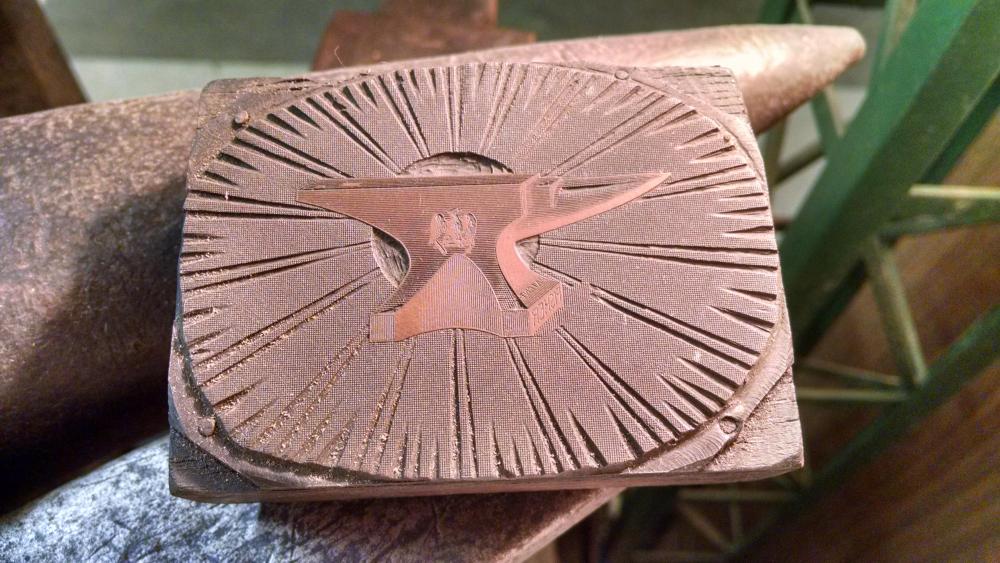-
Posts
2,478 -
Joined
-
Last visited
Content Type
Profiles
Forums
Articles
Gallery
Downloads
Events
Everything posted by njanvilman
-
Interesting new piece in the Fisher & Norris Factory Museum. Probably early 1950s Fisher, 100 lb, made for US govt to military specs. Olive green paint, no logo, no date, no FISHER. This anvil is NOS. The face is unmarked, edges perfect. This is what factory new looks like.
- 658 replies
-
- Cast anvil
- Fisher & Norris
-
(and 1 more)
Tagged with:
-
As soon as the book is published, I will let the world know here, on FB, and ABANA..
- 658 replies
-
- Cast anvil
- Fisher & Norris
-
(and 1 more)
Tagged with:
-
Crossley made extra anvils in 1979 in anticipation of having some inventory after they were forced to stop casting at the end of 1979. They sold some of them in the early 1980s. The remaining inventory of anvils, stands, and a vise were given to me in 1999, and are all in the Fisher & Norris Factory Museum in NJ. The complete story of all of this will be in my upcoming book, hopefully available in spring 2020.
- 658 replies
-
- Cast anvil
- Fisher & Norris
-
(and 1 more)
Tagged with:
-
Best tailgating is Wednesday afternoon, all day Thursday and Friday. Demo start Friday evening and all day Saturday. Give it as much time as you can afford. Never a dull moment.
-
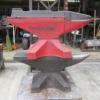
800 lb. Anvil - Eau Claire, WI
njanvilman replied to tjdaggett's topic in Anvils, Swage Blocks, and Mandrels
It is a Fisher. It is one of about 6 that I know about. Fisher & Norris Factory Museum.- 4 replies
-
- anvil
- eau claire
-
(and 3 more)
Tagged with:
-
1908
-
- 658 replies
-
- Cast anvil
- Fisher & Norris
-
(and 1 more)
Tagged with:
-
The display of 20/30/40 lb FISHER anvils continues to grow in the Fisher & Norris Factory Museum. There are now 58 anvils in these stacks.
- 658 replies
-
- Cast anvil
- Fisher & Norris
-
(and 1 more)
Tagged with:
-
Is the pine stump going to be inside? Just mount your anvil and use it. The stump will dry out over time. Letting it sit will make no difference.
-
That serial number puts it in 1901.
-
Fisher & Norris Factory Museum recently bought an original Fisher anvil stand that held a broken Fisher anvil. The anvil was removed, the stand cleaned and painted, and a near perfect 100 lb Fisher/Crossley anvil installed. It joined this group of pristeen Fisher anvils on display in the Museum. This is what Fisher anvils look like when new. A few of these have never been struck. When the Museum contents get sold someday, the buyer of any of these anvils will be the first to ever use them. Four of these are 150 lb, two are 100 lb.
- 658 replies
-
- Cast anvil
- Fisher & Norris
-
(and 1 more)
Tagged with:
-
The raised marks near the date were codes used in the foundry for quality control. They indicated the moldmaker, so if there was a problem with the anvil it could be traced back.
-
Can you read the serial number on the front foot, on the left?
-
Posting pictures of the numbers in questions and their location would help identify what they are, maybe.
-
It is always difficult to say anything definitive from photos alone. But from the photos, it appears that you have an early Fisher, approx late 1850's. Straight horn on the underside. Your anvil was made in Trenton, NJ. Follow me here or at Fisher & Norris Factory Museum. Hopefully within a year, my book will be finished on everything Fisher, from their founding to present.
-
Anvils in the Fisher & Norris Museum has come from most states East of the Mississippi, and a few from beyond that. EBAY can be your friend. The US Interstate Highway System is boring but efficient. UPS and USPS ship all over. I have rejected more pieces 3x over that I have. This started over 25 years ago. And in a few years, they will all be dispersed. A lot of smiths will be thrilled to get some of the pieces in the Museum. Some of the Fisher's are NOS, they have NEVER been struck. The person who buys them will be the first to ever use it. Just think if you could buy an Zero mile 1932 Pierce Arrow car today. Auction in Ohio yesterday had 50+ Anvils. EBAY has 50+ listed at any time. Work hard for a long time, save your money, and you too can have whatever you desire.
-
1963 B Mack pumper. Also have a 1968 Dodge Power Wagon Flat Fender Fire Truck. 9000 original miles.
-
-
It is an 1870's Fisher. Lots of wear. I would not go near that anvil.
-
Your anvil is a relic of thousands of hours of use. There is no flat surface left to work with. You might want to retire your family heirloom, and look for a better one.
-

How many anvils do you actually need ?
njanvilman replied to BartW's topic in Anvils, Swage Blocks, and Mandrels
-
The 3 and the other #(3 or 8) were used for quality control in Fisher anvils. It helped identify the moldmaker, and possibly the pour. After casting, any problems could be traced back to the mold or the pour. Fisher started dating their anvils in 1879. They did so for their one year warranty on the product. The anvil could be returned for a replacement inside of the 12 month period if the defect was found to be production related.
- 658 replies
-
- Cast anvil
- Fisher & Norris
-
(and 1 more)
Tagged with:
-
They were used cold with a sawblade between the hammer and the anvil. The face tend to get very hard and brittle. They can be used for hot smithing, but be very careful with hammer strikes. Missed hits could chip or crack the steel faceplate.
- 658 replies
-
- Cast anvil
- Fisher & Norris
-
(and 1 more)
Tagged with:
-
KnivesByRed The weight "might" be stamped into the side of the anvil. That was FISHER's practice to weigh Sawmaker's anvils after finishing, and stamp in the finished weight.
- 658 replies
-
- Cast anvil
- Fisher & Norris
-
(and 1 more)
Tagged with:
-
One of the original FISHER engraving blocks from their early advertising. Located in the Fisher & Norris Factory Museum in NJ. In Anvils in America, on pg 193, you can see the print of this block on the right side of the invoice sheet. About 70 more engraving block are also in the Museum
- 658 replies
-
- Cast anvil
- Fisher & Norris
-
(and 1 more)
Tagged with:

